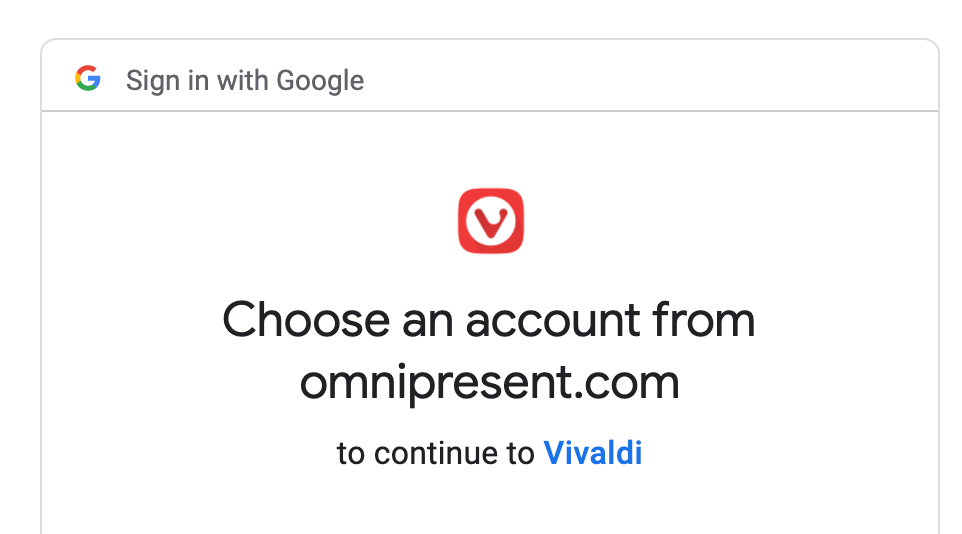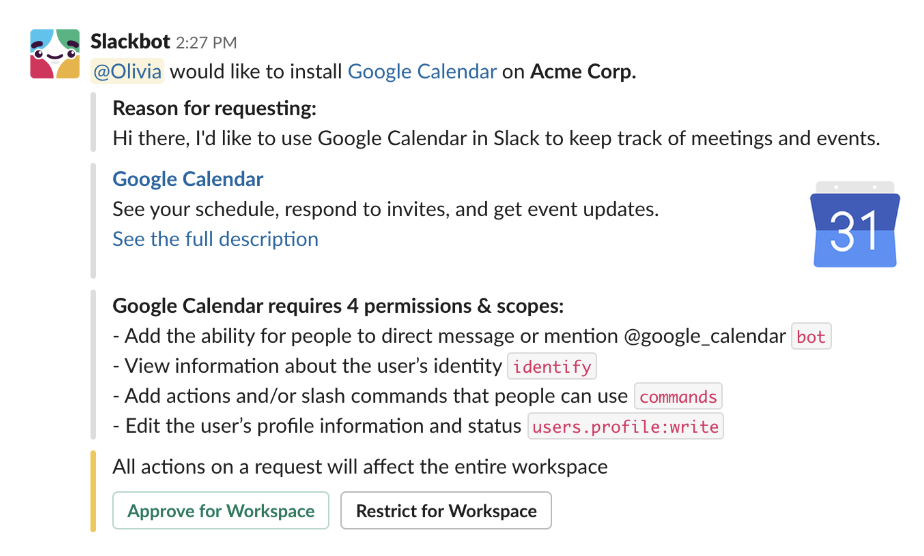

- #SCREEN SHOT IDENTITY API SCOPE APPROVAL UI UPDATE#
- #SCREEN SHOT IDENTITY API SCOPE APPROVAL UI REGISTRATION#
- #SCREEN SHOT IDENTITY API SCOPE APPROVAL UI CODE#
Record this now as it is the only time you will see it. Record the Application ID (previously known as the Client ID) and select Generate New Password. Select Add an app from the Converged applications list.
#SCREEN SHOT IDENTITY API SCOPE APPROVAL UI REGISTRATION#
It will show any previous apps you registered within AzureAD and any of the new “Converged Apps” you’ve created via the new Application Registration Portal. Go to the Application Registration Portal and sign in. This is the new portal for registering your apps.
The Refresh token will allow you to request a new token and allow your script to be used again to interact via Graph API without going through the Authentication process again. The Bearer token can be used to make Graph API calls for up to 1 hour. 
#SCREEN SHOT IDENTITY API SCOPE APPROVAL UI CODE#
Obtain and Authorization Code which will contain the Bearer Token and Refresh Token.Request Authorization for the WebApp to access the Scope provided (if Admin approval scope is requested and the AuthN is performed by a non-admin an authorization failure message will appear detailing an Administrator must authorize).Authenticate a user to Graph API via Powershell and oAuth 2.0.To make it seamless this should be done via the WebApp registration in the Application Registration Portal and configured as part of the PowerShell web requestsĪrmed with this information the shell of a PowerShell script will be created that will
 The ClientID and the ClientSecret associated with your WebApp that you have registered in the Application Registration Portal. Variations to the primary Graph API endpoint is when you are integrating with applications such as OneNote (), Office 365 Discovery Service (), One Drive etc. If you need access to an API not currently on the Graph API see here to workout which API Endpoint fits your apps requirements. In short though typically all that changes between API’s is the Resource (API end-point) and the scope (what permissions your app will have). For this example I’ll be using which is where Microsoft are heading. Microsoft is moving to simplify this ( great article here about the evolving API), but it is still a work in progress. Historically there were many different API endpoints depending on what you are integrating with. This script will request the necessary information required to call into the Graph API and establish a session. This blog post details a simple script to generate a couple of PowerShell Functions that can be the basis for integration with Graph API using PowerShell via a WebApp using oAuth2. To the point that I decided to make this simpler and provide a nice clean starting point for new scripts. I regularly find myself leveraging previous scripts to generate a new script for the initial connection. Since that point in time I’ve found myself doing considerably more via PowerShell and the Graph API using oAuth. In September 2016 I wrote this post detailing integrating with the Azure Graph API via PowerShell and oAuth 2.0.
The ClientID and the ClientSecret associated with your WebApp that you have registered in the Application Registration Portal. Variations to the primary Graph API endpoint is when you are integrating with applications such as OneNote (), Office 365 Discovery Service (), One Drive etc. If you need access to an API not currently on the Graph API see here to workout which API Endpoint fits your apps requirements. In short though typically all that changes between API’s is the Resource (API end-point) and the scope (what permissions your app will have). For this example I’ll be using which is where Microsoft are heading. Microsoft is moving to simplify this ( great article here about the evolving API), but it is still a work in progress. Historically there were many different API endpoints depending on what you are integrating with. This script will request the necessary information required to call into the Graph API and establish a session. This blog post details a simple script to generate a couple of PowerShell Functions that can be the basis for integration with Graph API using PowerShell via a WebApp using oAuth2. To the point that I decided to make this simpler and provide a nice clean starting point for new scripts. I regularly find myself leveraging previous scripts to generate a new script for the initial connection. Since that point in time I’ve found myself doing considerably more via PowerShell and the Graph API using oAuth. In September 2016 I wrote this post detailing integrating with the Azure Graph API via PowerShell and oAuth 2.0. #SCREEN SHOT IDENTITY API SCOPE APPROVAL UI UPDATE#
Update Oct 2019: See this post for simplifying oAuth Authentication to Microsoft Graph using PowerShell and the MSAL (Microsoft Authentication Libraries) Introduction







 0 kommentar(er)
0 kommentar(er)
